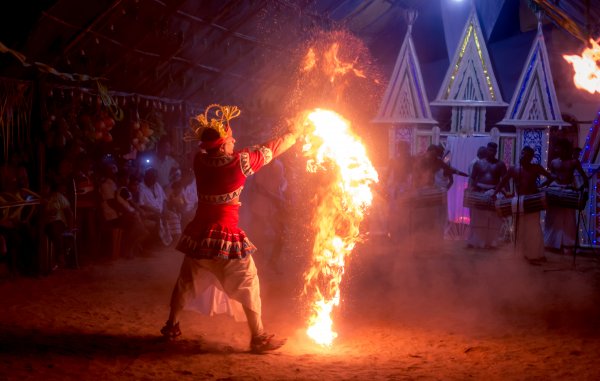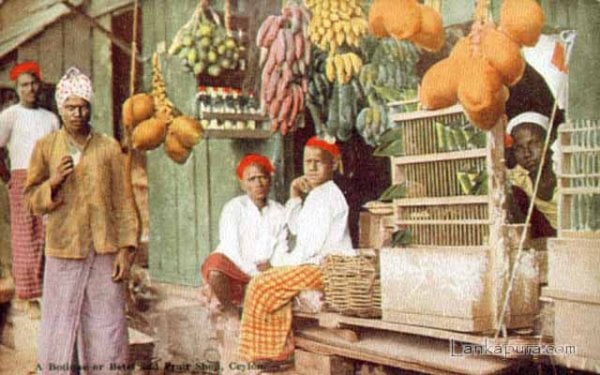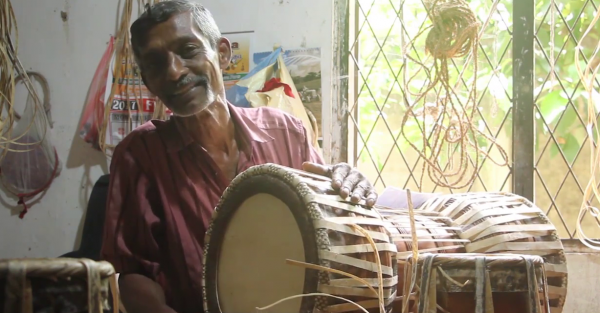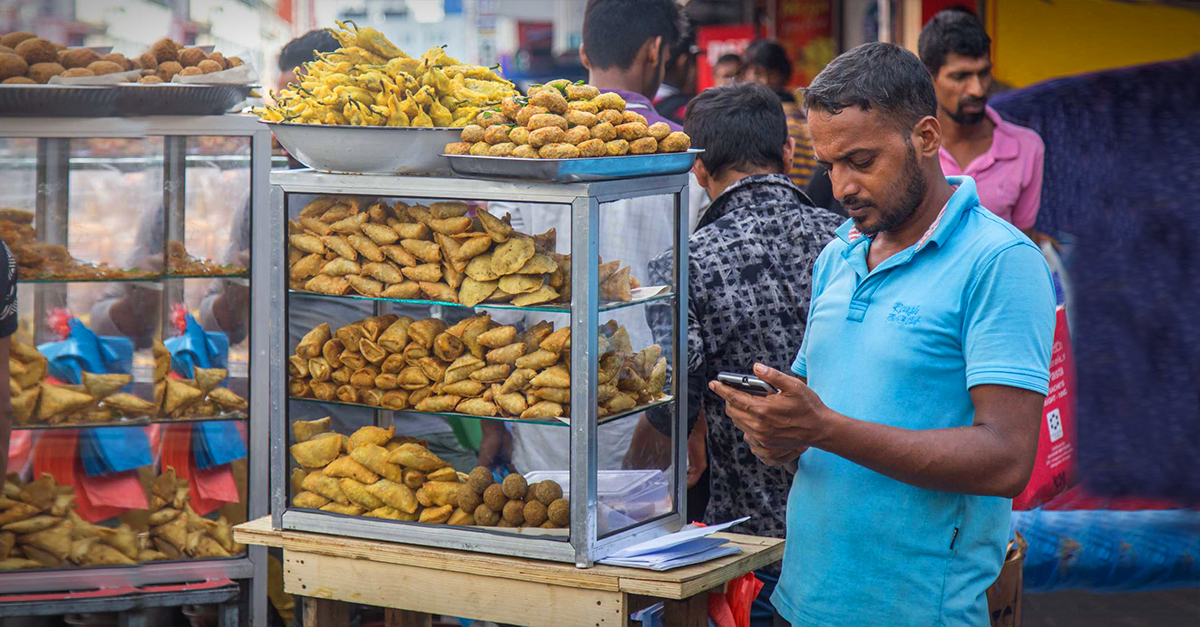
Everybody has a short eats-related memory. Mine is going to the Perera & Sons kiosk at the Singhalese Sports Club (SSC) after weekend morning swims, aged 7, with my grandfather. Always the same order: fish pattie, chicken Chinese roll, Milo. Perera & Sons, patties and rolls became forever associated with my grandfather, and with the faint smell of chlorine.
Short eats — patties, cutlets, rolls, samosas, pies, buns, rotis, vadais — are staples of Sri Lankan life. Underneath harsh white lights inside glass–covered countertops at bakeries; split into neat sections inside portable carts parked on beaches and busy roads; a part of big birthday party spreads and dainty high tea platters — short eats are always around.
Their origins are foggy; but regardless of where they came from, they are now Sri Lankan. But despite how native and familiar they feel, it was in just the last 80 years or so that this medley of culinary inputs came to fall under the umbrella term ‘short eats’ — seasoned, spiced up, and Sri Lankanised.
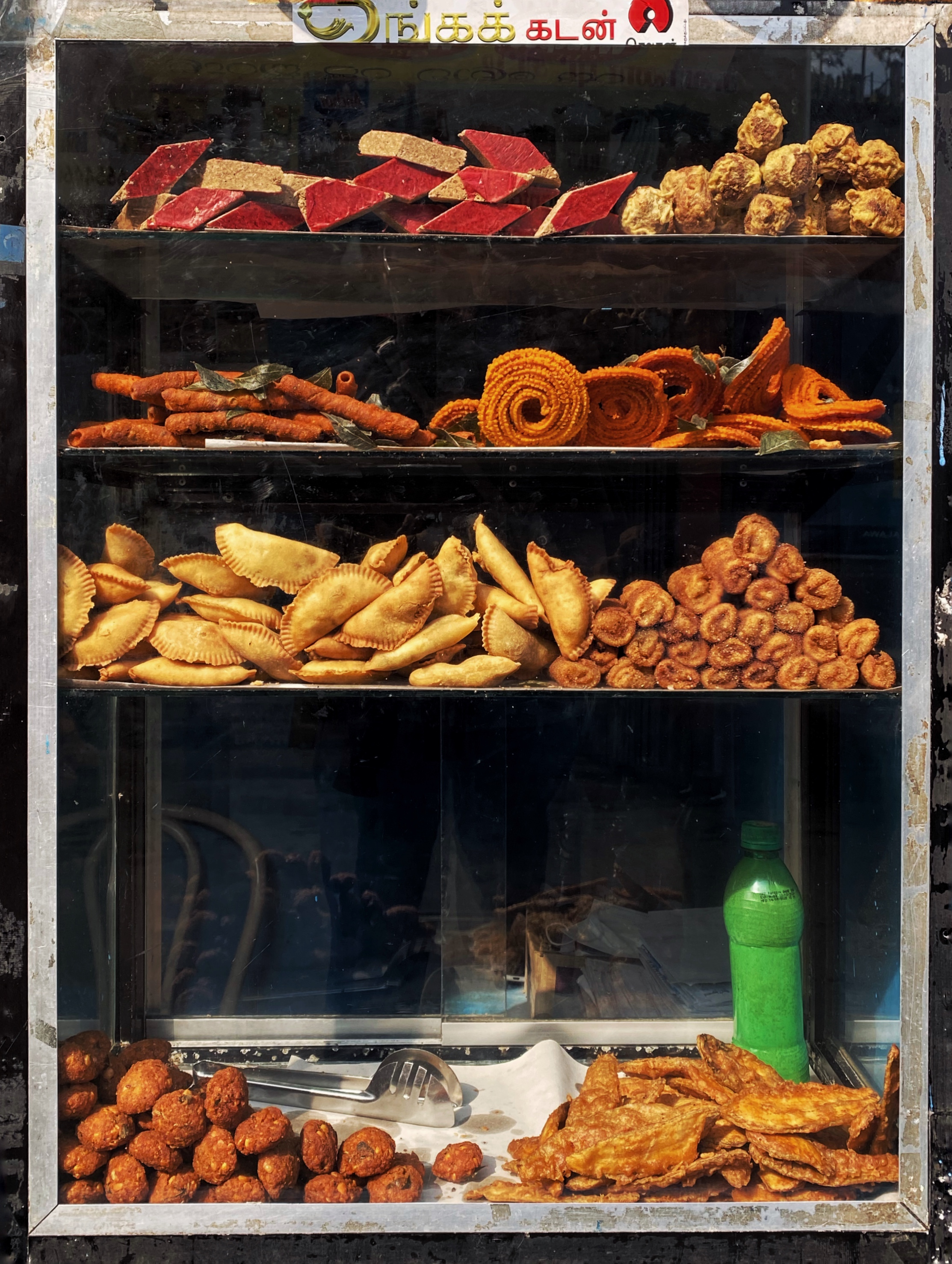
Colonial Hangover
There is no singular point in history to which you can trace the origins of short eats. Colonisers and settlers have come and gone, leaving behind a mishmash of their respective cultures, legislature, and enduring ethnic tensions. Equally lasting are their culinary influences. “When you refer to short eats in Sri Lanka, there are many different types,” Ruvini Kariyawasan, Director of Corporate Affairs at Perera & Sons told Roar. “We have the rolls, we have the pastries, we have the pies, we have the fried items. And these all show a mix of cultures that have influenced Sri Lanka over many centuries.”
More often than not, these foods have been adapted past the point of recognition from the items that influenced them. Chinese rolls, for example, are not available in China. They most likely originated, Kariyawasan explained, from Chinese settler communities — a spicy, deep-fried spring roll. Samosas and vadais are of Indian origin. Pies, pastries and patties came from the British and the Dutch. Cutlets may be a breadcrumb–coated descendant of the Portuguese bolinho, a codfish and potato croquette.
“All the European countries that ruled our island at some point in time influenced [our] culinary patterns… which is why our culinary landscape is so vast,” Ranga Rodrigo, who runs the bakery Rodrigo’s with her husband Chanaka, whose family owned Pagoda Tea Room and continues to run Green Cabin, two of Colombo’s most well-known short eats institutions said.
While the various foods that come under the banner of ‘short eats’ stem from diverse culinary traditions, the concept of a mid–morning or 4:00 p.m. snack, a sweet or savoury treat to have with your tea, is inspired by classic English afternoon tea. With the onset of the Second World War in the early 1940s, bakeries began to expand their menus in an attempt to capitalise on foreign clientele. “There were a lot of Europeans in the country [at the time],” said Kariyawasan, “and the bakeries would have thought that then was the best time to make things to suit their palettes. And from there on, they would have evolved into the short eats we have today.”
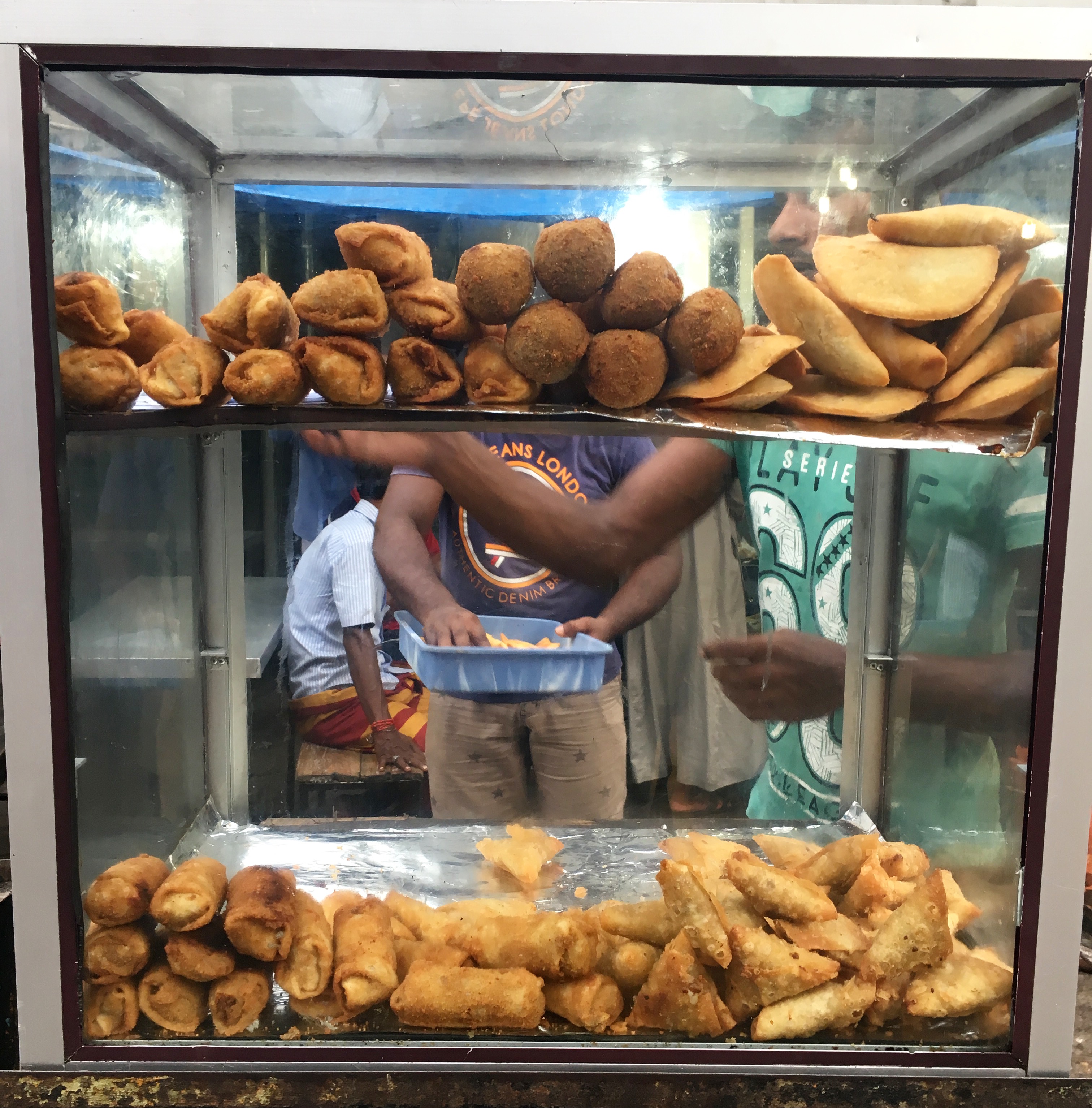
Going Mainstream
Perera & Sons were selling a wide range of short eats by the 1960s, Kariyawasan said, with few competitors in the field. “It was only later, I think in the ’70s, that the other bakeries came in. And one of the first would have been Green Cabin.”
The Rodrigo family took their first steps into the restaurant business in the 1880s with Pagoda Tea Room, best known for its chocolate cake, iced coffee, and as the backdrop of Duran Duran’s 1982 music video for ‘Hungry Like The Wolf’. In 1942, Cyril Rodrigo further consolidated the family’s legacy by purchasing Green Cabin, which began as a catering firm and expanded into short eats around the 1960s and ’70s.
As short eats consolidated themselves as a part of day-to-day life in Colombo in the 1970s — in lunchboxes and at tuck shops, over the counter at bakeries or replicated at home — it took longer for them to become a staple outside of the island’s commercial centre. Mohan Arasan, Business Development Manager at London–based Sri Lankan food franchise Sambal Express, grew up in Jaffna, where he remembers short eats becoming a daily staple in the 1980s. “From a young age, I used to go to the ice cream parlour or to tea shops, to eat short eats and ice cream or short eats and tea,” he says. “Short eat shops were open mainly for people who work in the city, like traders and labourers. For tea time, they’d buy short eats and have it with their tea.”
In Colombo too, a shift in lifestyles as a result of the commercialisation of the city made the easily accessible mix of meat and vegetables, conveniently encased in a pancake or pastry, a staple for working people. “With the open economy, in the 1980s, people’s lifestyles started getting busier and more time–consuming,” Nalinda Abeyratne, Senior Executive Chef at Pegasus Reef Hotel, which at the time made short eats a satisfying and efficient alternative to a home–cooked meal or snack said.
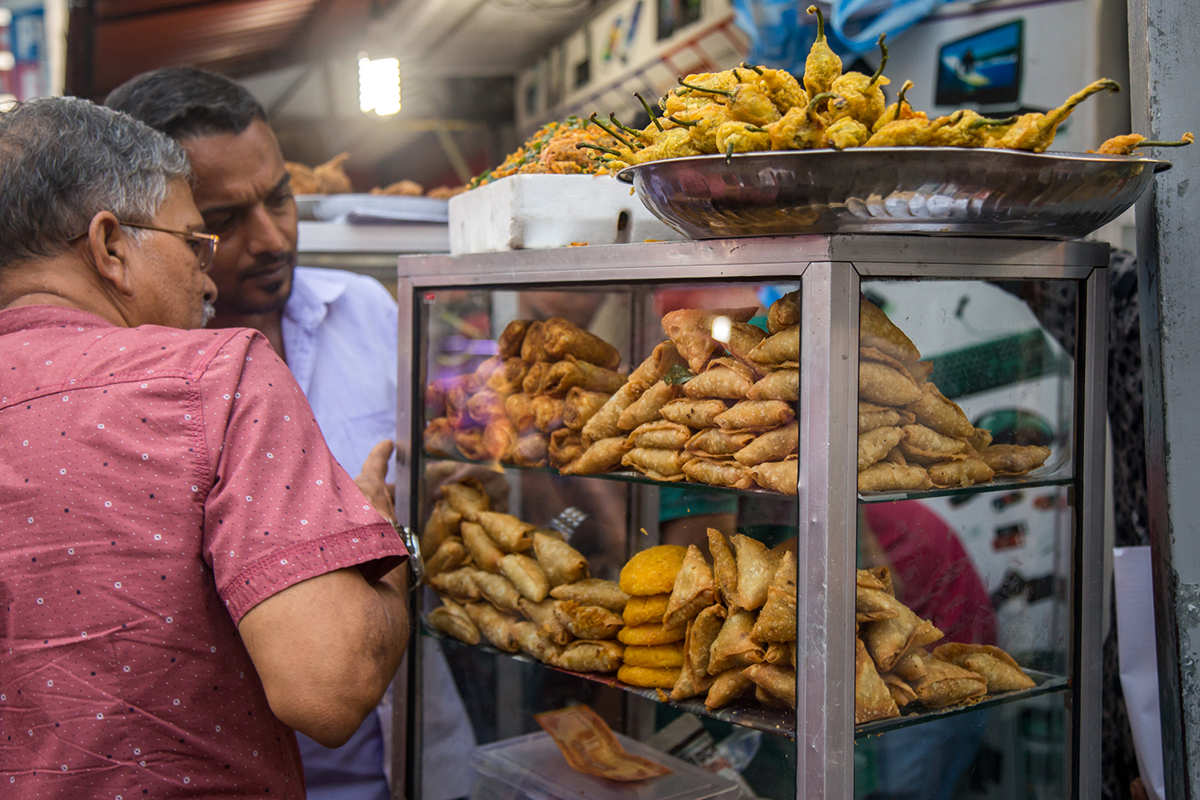
Home-grown
The infinite adaptability of short eats is a large part of their charm. Just as they were completely transformed from their colonial origins, they continue to be reinvented from city to city, community to community. “There is a tendency for [preferences] to change from place to place, depending on the people,” said Abeyratne. “In Pettah, for example, what’s popular are samosas and vadai. If you try to sell a chicken and mushroom pie in Pettah, it doesn’t work as well.”
Kariyawasan agreed — “We adapt them to suit our palettes. Burghers would have made cutlets differently to how the Sinhalese or the Tamils would have made them. The Tamil community might have more of a curry taste, and the Sinhalese might make it with a little extra pepper.”
If it is their versatility that made short eats a staple of Sri Lankan diets, it is the nostalgia attached to them that keeps them there. “I think food has a huge emotional connection with people, they always remember it with some history behind it, or some memory attached to it, and people want to relive that,” said Rodrigo. “They want to taste what they used to taste so many years ago.”
“Short eats are very much a comfort food, they’re the epitome of Sri Lankan social gatherings, events, parties — there’s a celebratory essense to it,” said Arasan. “There’s a feel–good factor.”
This is particularly true for the Sri Lankan diaspora, for whom short eats are a reminder of their former home, and their former lives. Sambal Express was founded in 2008 to cater to this need, by Selvy Sivapalan, who migrated to the U.K. from Jaffna in the 1990s. Now with eight branches across London, Sambal Express employs 60 staff — mainly Sri Lankan, mostly women, all trained by Sivapalan herself. “Short eats are very important to the diaspora, they still use them for all their parties and social gatherings,” says Arasan, “And even though they’ve got different names for them here — like ‘starters’, or ‘canapes’, or ‘hors d’oeuvres’ — they [the diaspora] still use the name ‘short eats’.”
Short eats — whether because of their history, their versatility, or their wholesome nostalgia — have evolved over the years into something much more than just a convenience snack. For a culinary entity that originated exclusively from borrowed concepts and foreign influences, short eats have become something completely local, inherited by generation after generation alongside the many memories and milestones they represent. “It’s a Sri Lankan thing now,” says Kariyawasan, “and it’s not going to change. Short eats are going to stay on forever.”





